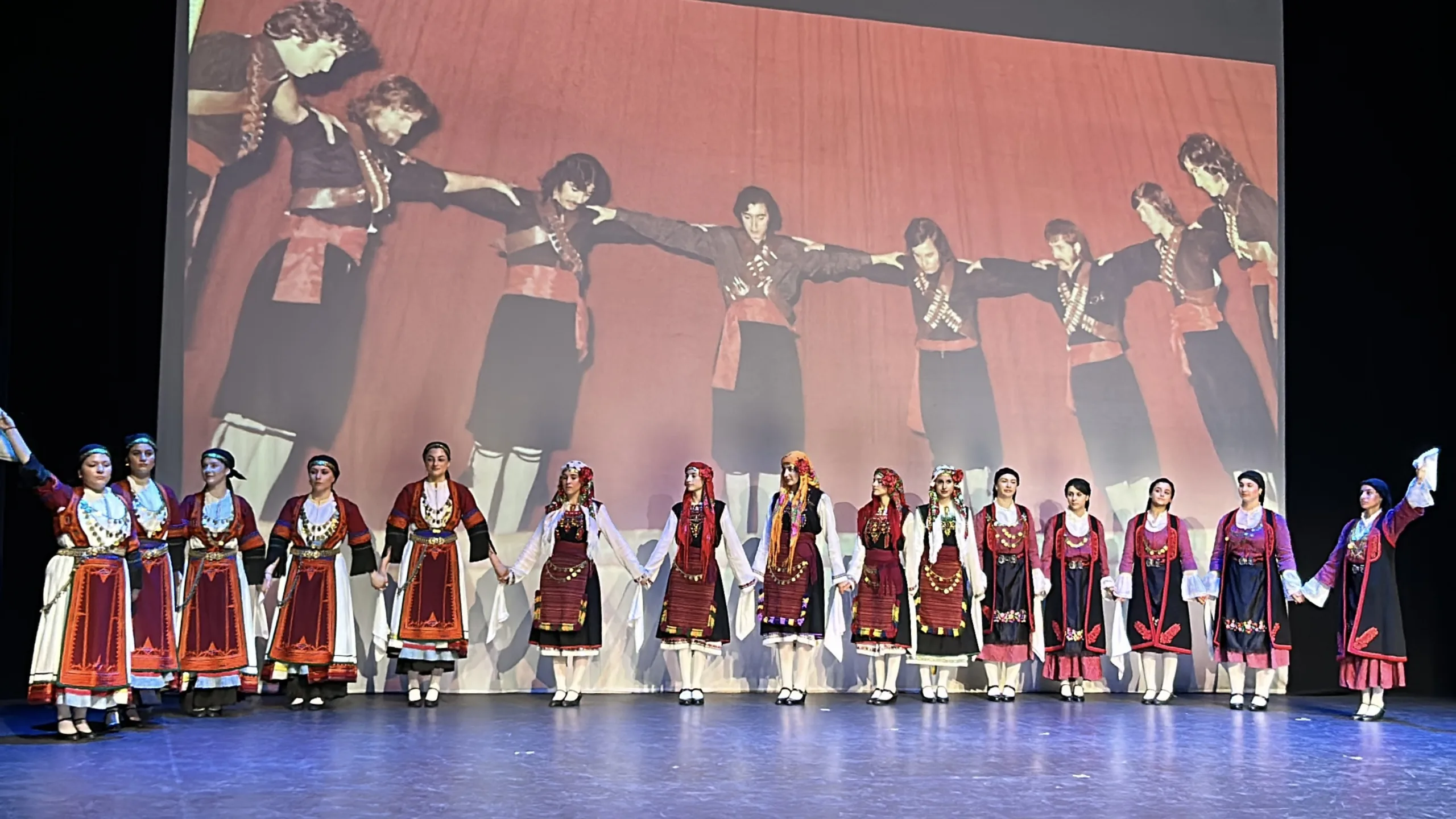The Greek Lyceum of South Australia transformed the stage into a platform for artistry and community spirit on Sunday, September 14. After six months of preparation, the Lyceum presented a curated four-part program under the theme ‘A Life, A Tradition: The Cycle of Life.’
With approximately 150 attendees gathered, the afternoon was not only one of cultural heritage but the lived experiences of generations of Greeks in SA.
As was remarked at the event, “Each dance is a story; each story binds a community.”
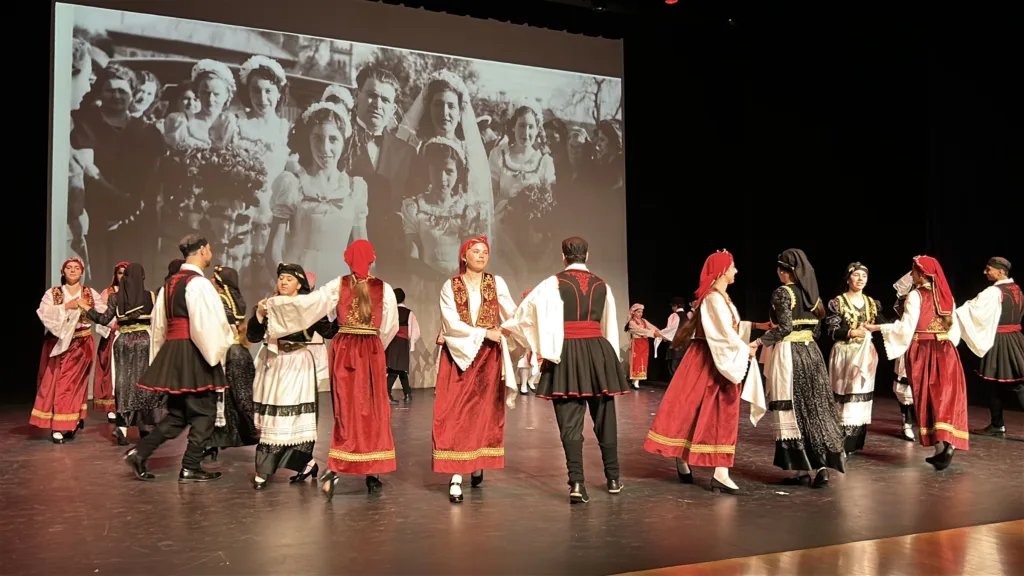
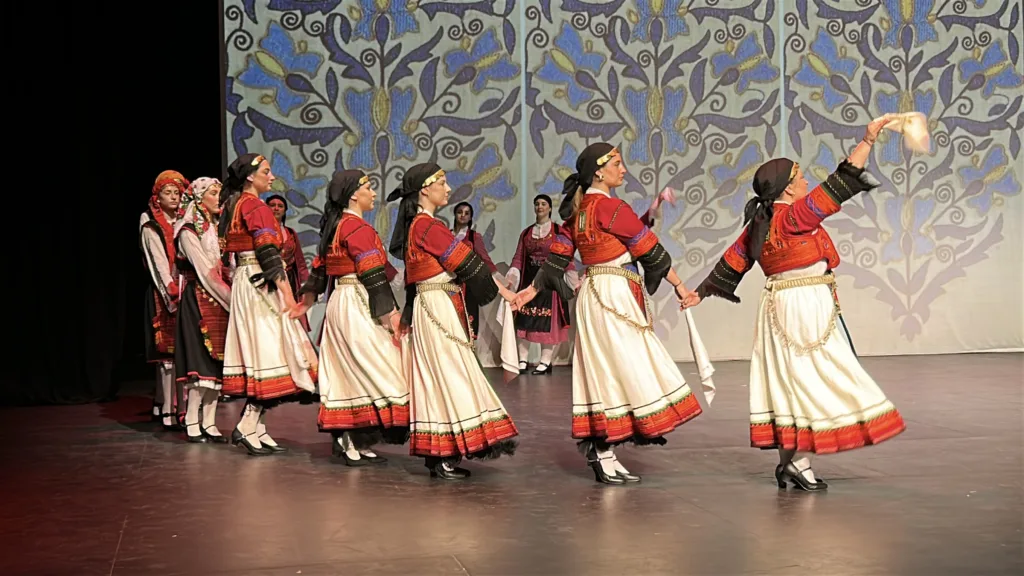
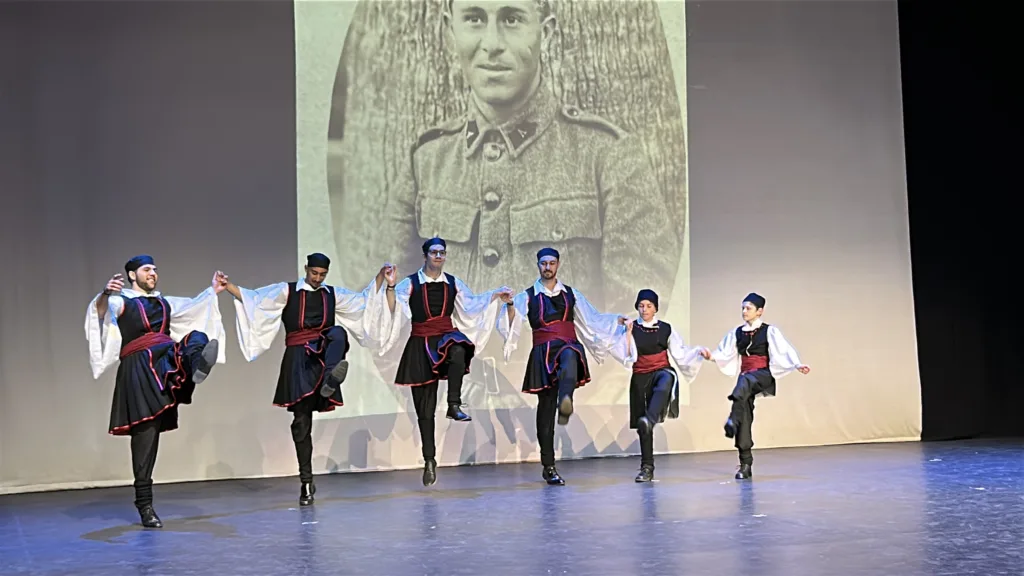
Part I – Childhood: First steps and circles
The performance opened with the innocence of childhood. The youngest dancers, in bright traditional costumes, moved in buoyant circles symbolising belonging, growing, and the joy of play. Their steps drew warm applause, capturing how early life is filled with curiosity and the foundations of identity.
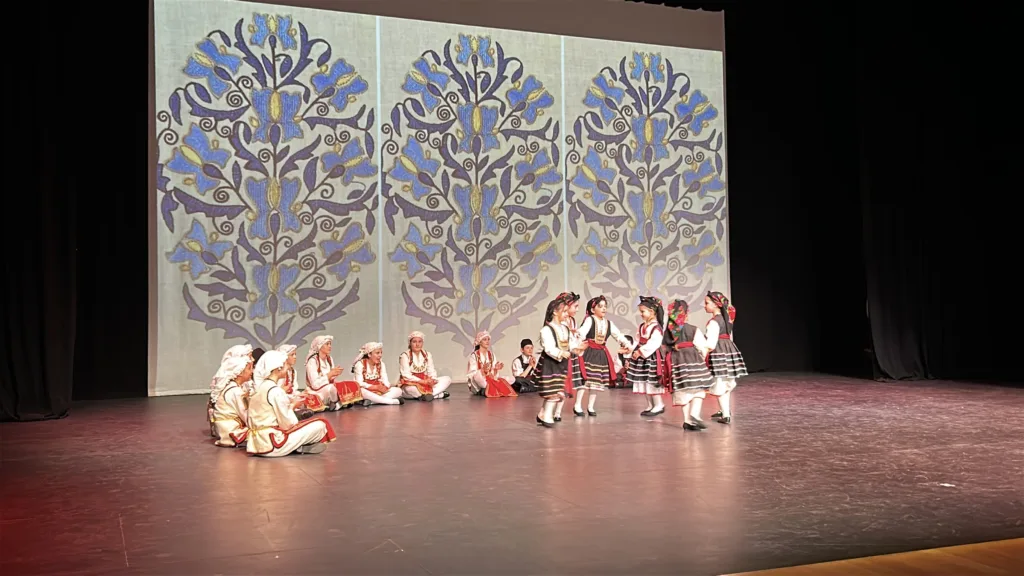
Part II – Youth: Blossoming, love and celebration
As the tempo lifted, the narrative shifted into adolescence and young adulthood. Here, dances portrayed the blossoming of relationships, the thrill of discovery, and the joyful rites of engagement and marriage. The choreography became more intricate, with duets and partner formations. Wedding-preparation songs created a bridge between carefree youth and the responsibilities of adulthood. This part was marked with jubilant dances, with energetic steps symbolising a youthful optimism.
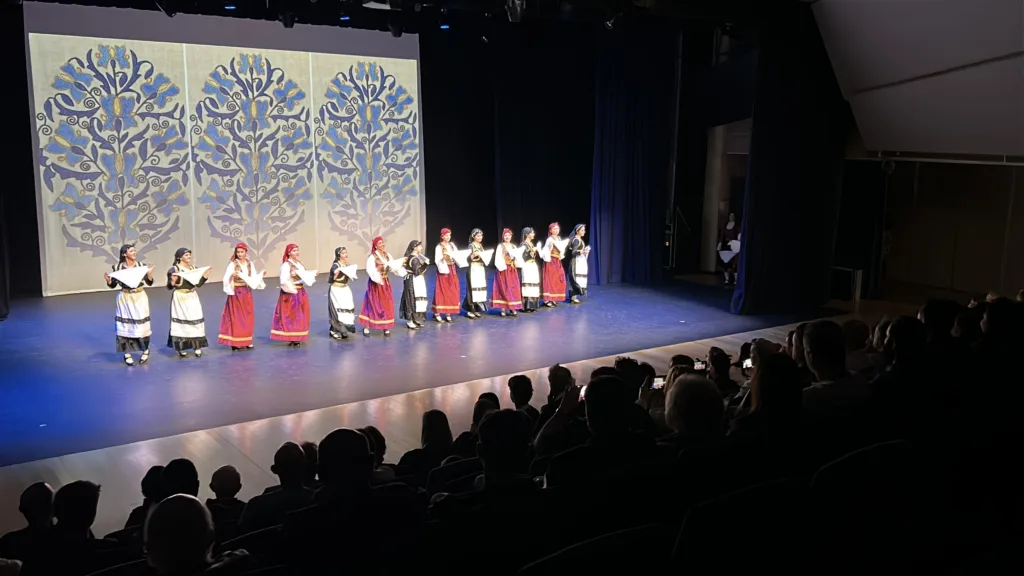
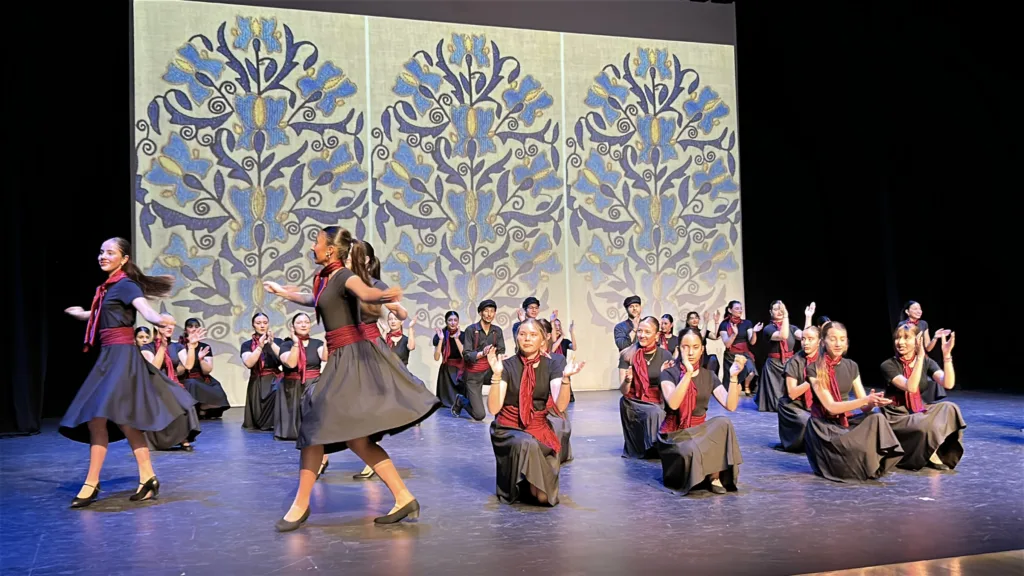
Part III – Hardship and Migration: Struggle and Resilience
The third part carried emotional weight, reflecting Greece’s early–mid 20th century hardships of war and economic depression that led many to migrate. Traditional dances, including the tsamiko, were performed first in their strict, grounded form and then in more expressive modern styles, demonstrating how tradition itself evolves.
The section culminated in all dancers joining into a single line across the stage, a powerful symbol of migration, community building and solidarity.
The music here carried a sense of urgency and determination, evoking the emotional realities of migration – perseverance, unease, and the drive to adapt. Choreography reflected the forging of new friendships and the balancing act between preserving old traditions and adopting new ones in a new land.
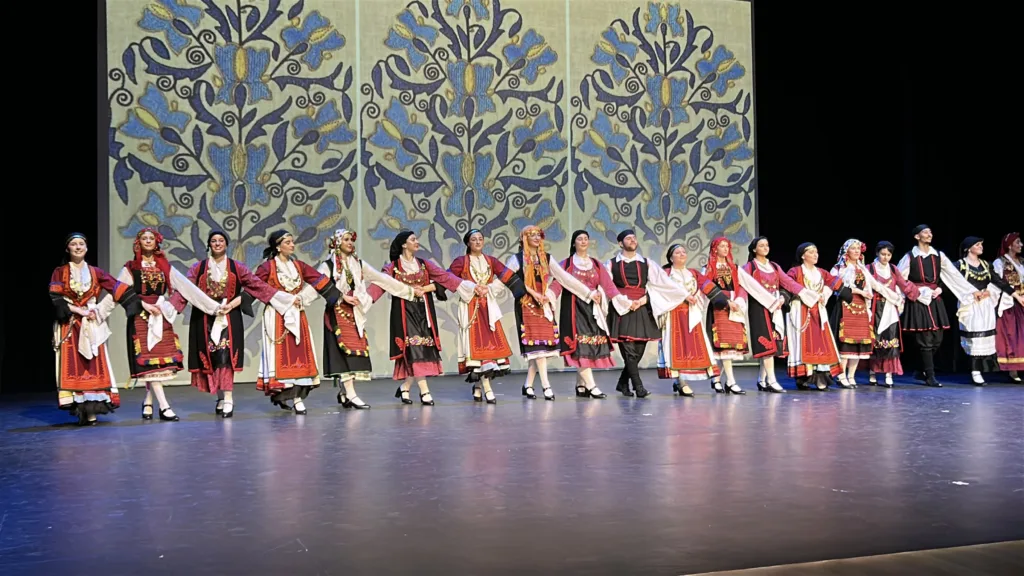
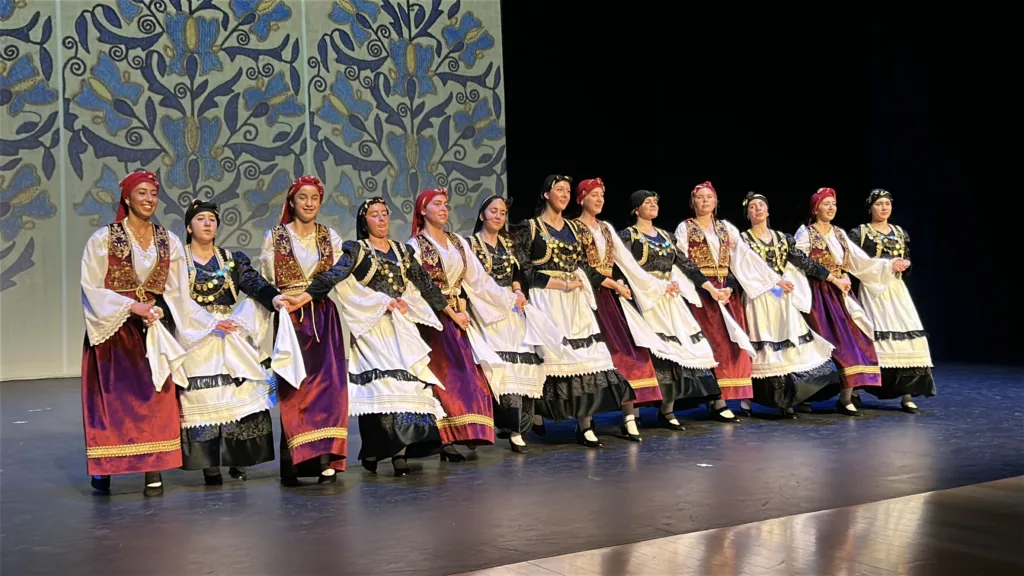
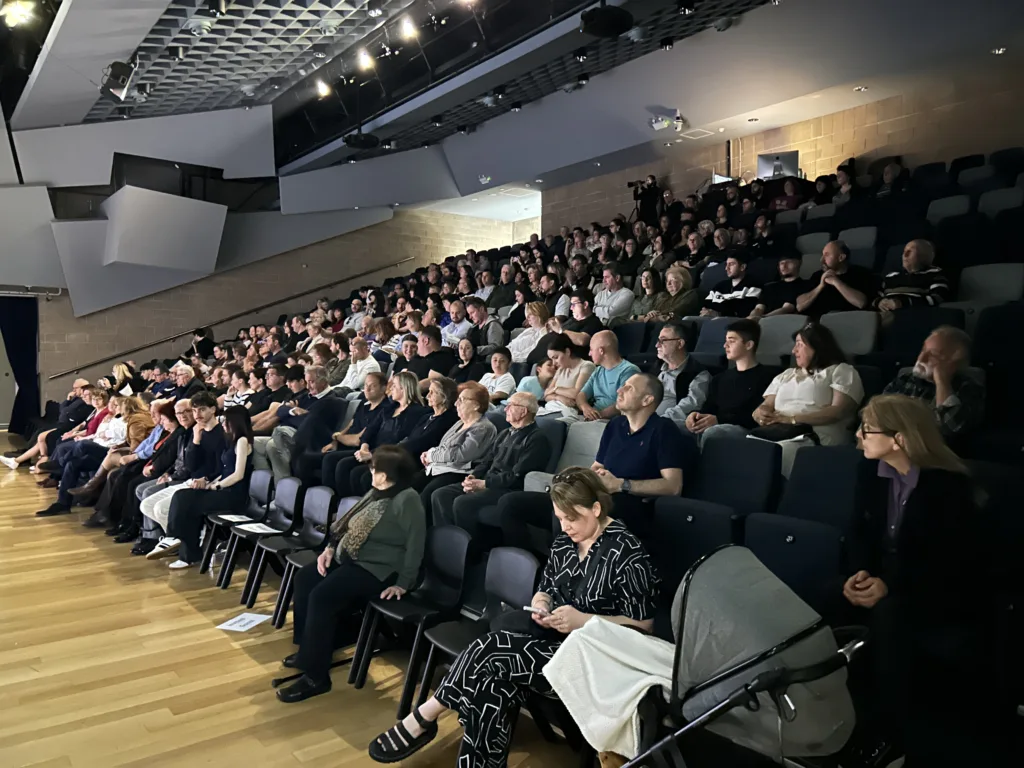
Stories between the steps
Between Parts III and IV, students shared reflections on their grandparents’ migration stories, what dancing meant to them, and what they loved about Greece. Elders in the community also offered insights on what they hoped to pass down.
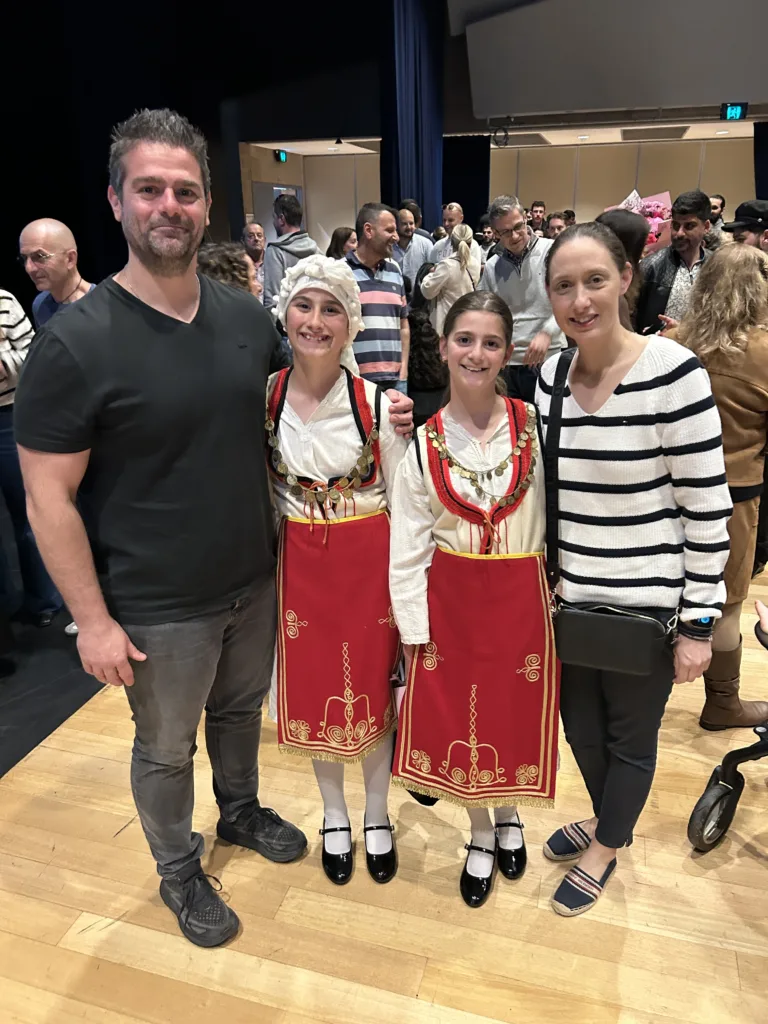
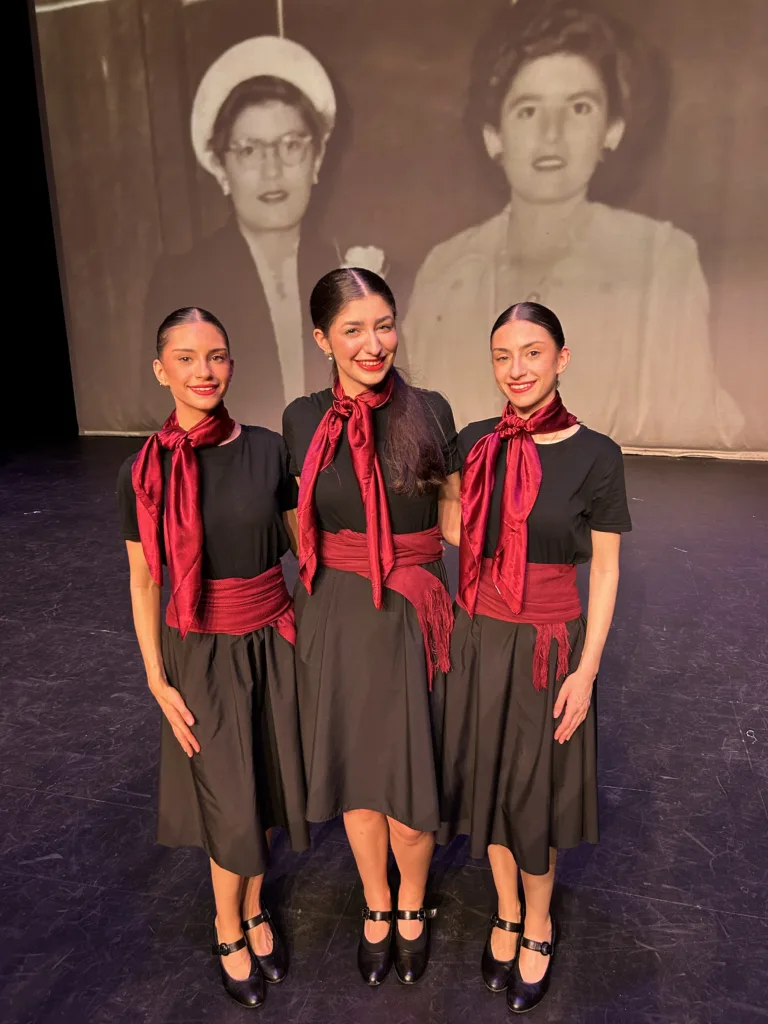
“Through today’s youth, we see how tradition can evolve without losing its essence. As we pass on these dances, these stories and this heritage, we do so with confidence, knowing that in the safe hands of the next generation, our culture will remain vibrant and thrive for many generations to come,” one student said.
These interludes lent the performance additional depth, reminding the audience that folk culture, including dances, is much more than just performance.
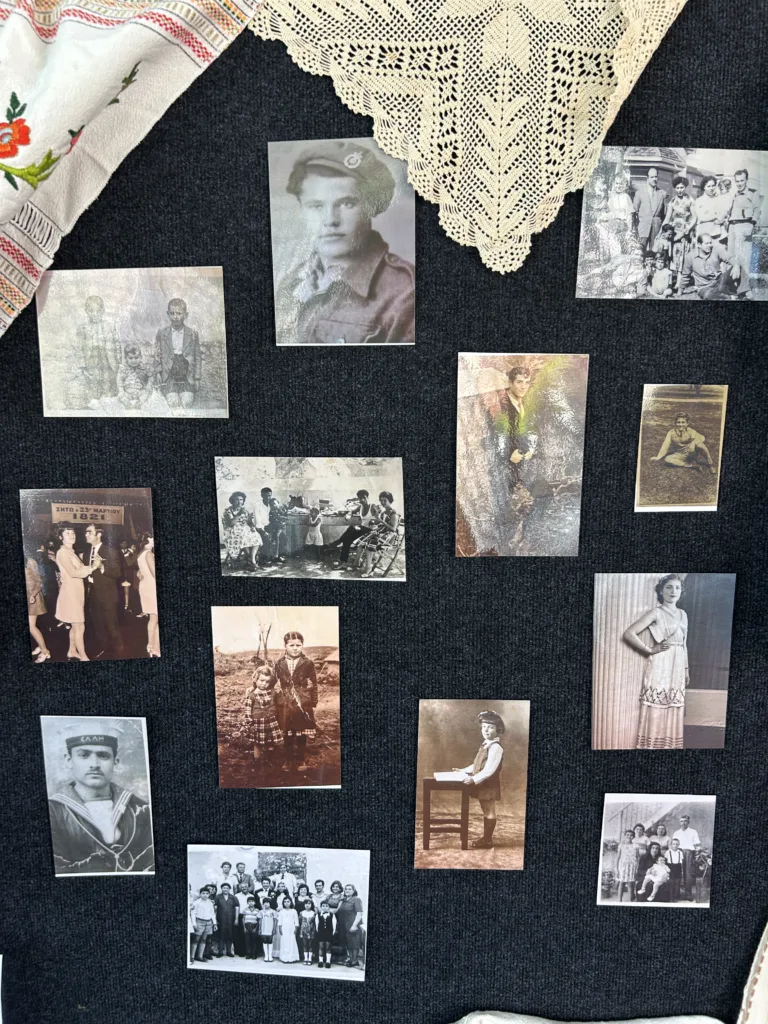

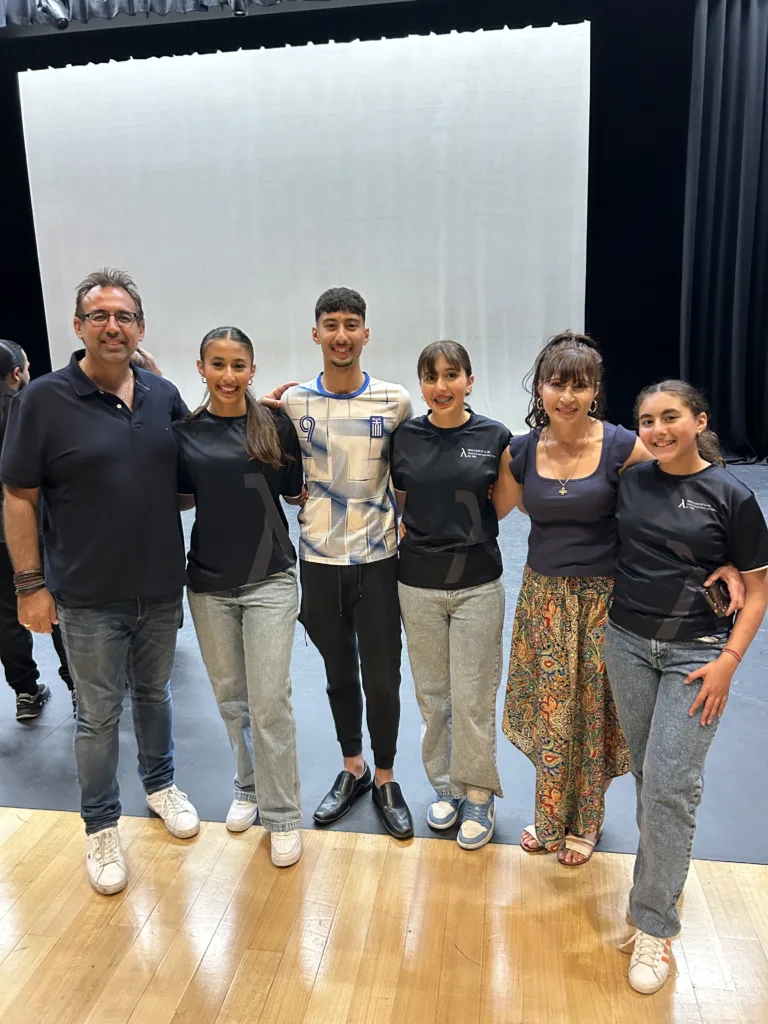
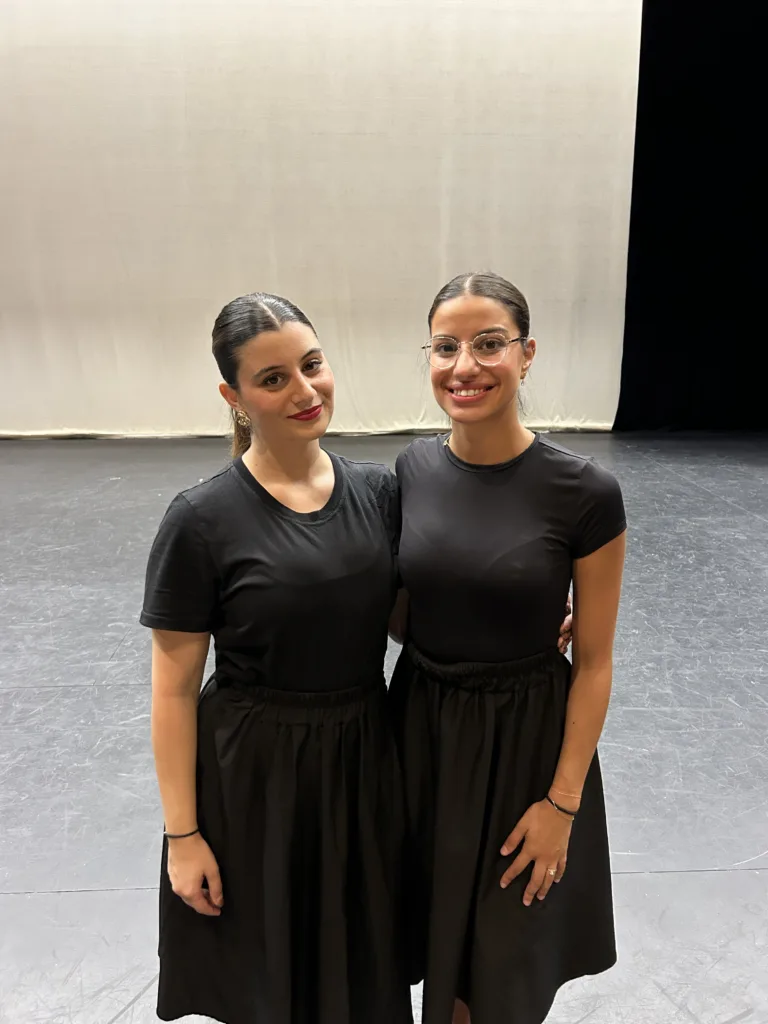
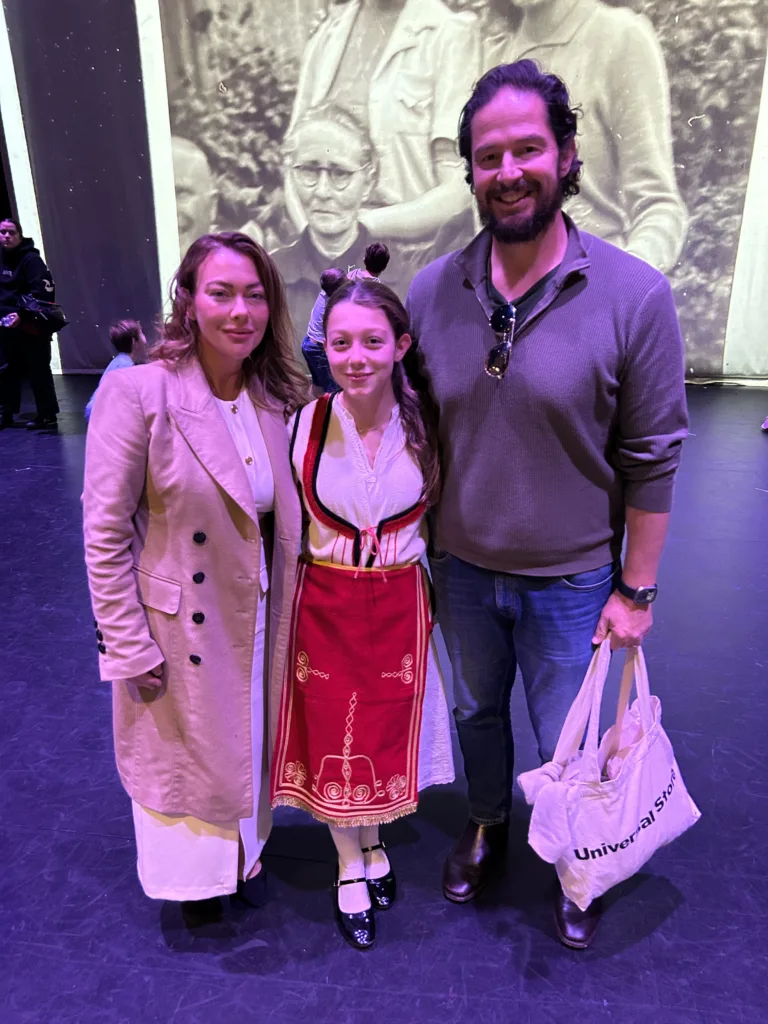
Part IV – Renewal: Continuity and Evolution
The final part looked to the future. The youngest dancers returned, symbolising continuity, before the program moved into a contemporary interpretation of the zeibekiko with women taking centre stage in a dance traditionally performed by men. This powerful inversion was followed by classic dances, leading into a vibrant finale that combined old and new.
By interweaving contemporary choreography with traditional forms, this final part reinforced the idea that Greek culture adapts and evolves without losing its foundation. It left the audience uplifted and confident in the resilience of Hellenic heritage into the future.

Moving forward
The Greek Lyceum of SA’s Cycle of Life was a richly layered program that blended performance, history, and community. From childhood innocence to youthful celebration, from hardship and migration to renewal and continuity, each part offered a compelling narrative told through movement and music.
*All photos copyright The Greek Herald / Peter Tantalos
